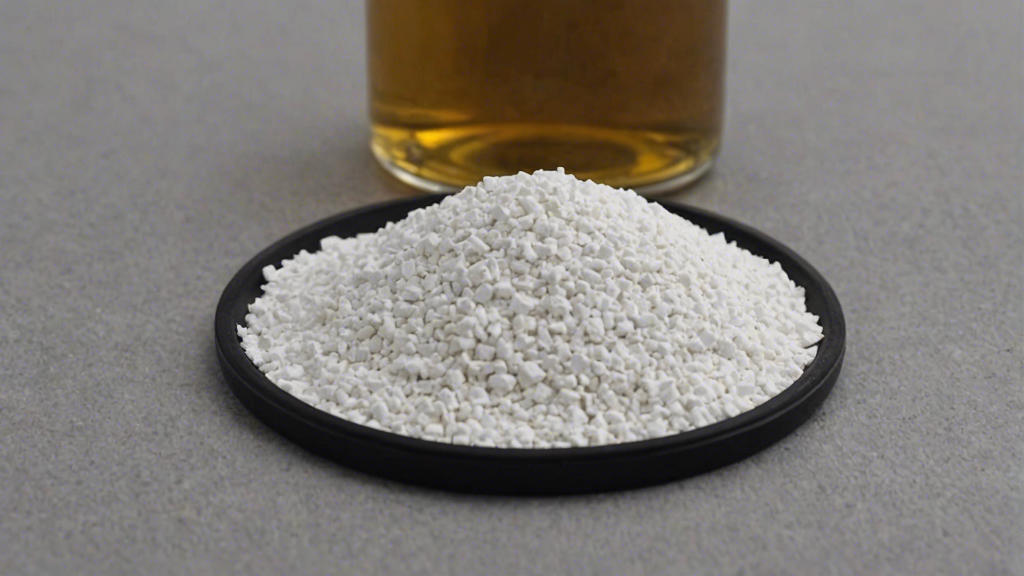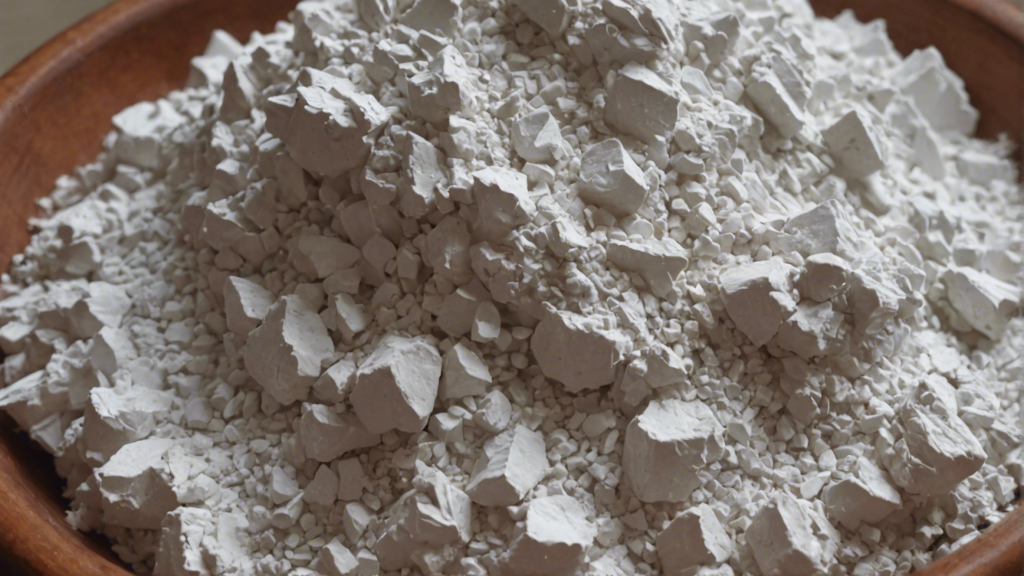Zirconium oxychloride, also known as zirconyl chloride (ZrOCl2•8H2O), is a fascinating inorganic compound with a wide range of applications. This white, crystalline solid boasts excellent solubility in water, making it a valuable player in numerous industrial processes. But what exactly is zirconium oxychloride, and how is it produced?
Demystifying Production Methods
While various methods exist for synthesizing zirconium oxychloride, two main approaches dominate the field:
-
High-Temperature Route: This method involves the reaction of zirconium dioxide (ZrO2) with chlorine gas (Cl2) at elevated temperatures. The resulting product undergoes further processing to obtain purified zirconium oxychloride.
-
Hydrometallurgical Route: This approach utilizes the dissolution of zirconium-containing minerals, like zircon sand, in strong acids like hydrochloric acid (HCl). The subsequent purification steps isolate zirconium oxychloride from the reaction mixture.
Each method offers advantages and disadvantages, with the choice often depending on factors like desired purity, production scale, and cost efficiency.
A Spectrum of Applications
Zirconium oxychloride’s unique properties have propelled it to prominence in various industries. Let’s delve into some of its most significant applications:
-
Precursor for Zirconia: Zirconium oxychloride is a vital starting material for the production of zirconia (ZrO2), a highly sought-after material prized for its exceptional properties like high melting point, chemical stability, and excellent mechanical strength. Zirconia finds applications in diverse fields, including ceramics, refractories, and advanced materials.
-
Flame Retardants: Due to its ability to inhibit combustion, zirconium oxychloride plays a crucial role in the formulation of flame retardant materials. It finds application in textiles, plastics, and building materials, enhancing their fire resistance and contributing to fire safety.
-
Chemical Catalyst: Zirconium oxychloride exhibits catalytic properties, making it a valuable tool in various chemical reactions. Its specific applications in catalysis are continually being explored and developed.
-
Pigment Industry: Zirconium oxychloride serves as a precursor for the production of certain pigments, particularly zirconium oxide pigments. These pigments offer superior whiteness, opacity, and durability, making them valuable in paints, coatings, and plastics.
-
Other Applications: Beyond the aforementioned uses, zirconium oxychloride finds application in numerous other sectors, including pharmaceuticals, textile processing, and water treatment. As research continues, new and exciting applications for this versatile chemical are likely to emerge.
Beyond the Basics: Exploring Advanced Topics
While this article provides a comprehensive overview of zirconium oxychloride, further exploration can delve into more specialized aspects:
-
Factors Influencing Production Efficiency: Understanding the factors that impact the efficiency of zirconium oxychloride production, such as reaction temperature and precursor purity, can aid in process optimization.
-
Environmental Considerations: Responsible production practices for zirconium oxychloride necessitate addressing potential environmental concerns associated with raw materials and waste disposal.
-
Future Trends and Developments: Staying informed about the latest advancements in zirconium oxychloride production methods and applications allows for identifying new opportunities for this valuable chemical.
Conclusion:
Zirconium oxychloride stands as a testament to the power of chemistry in creating a versatile material with far-reaching applications. From its role in crafting high-performance materials like zirconia to its contribution to fire safety and beyond, zirconium oxychloride continues to be a vital player in numerous industries. As research and development progress, exciting new applications for this remarkable chemical are sure to be unveiled.



